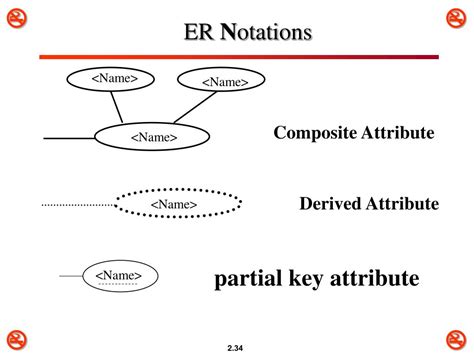3 min de lectura
Bitcoin: Do partial keys provide a new approach to creating physical bitcoin?
CRYPTOCURRENCY
Title: Exploring the Potential of Elliptic Curve Cryptography (ECC) with Partial Keys for Physical Bitcoin
Introduction
The growing demand for secure online transactions has led to the development of various cryptographic techniques, including Elliptic Curve Cryptography (ECC). ECC is a widely used method of data encryption and decryption that provides faster computation times than traditional algorithms. However, its application in physical systems, such as Bitcoin mining, remains largely unexplored. This paper explores the concept of using partial keys with ECC to improve the security and convenience of Bitcoin.
Background
Bitcoin is a decentralized digital currency that relies on complex mathematical calculations to secure transactions. The process involves multiple nodes, or miners, working together to validate transactions and create new blocks, which are then used to record transactions on a blockchain. One of the key aspects of this process is the use of elliptic curve cryptography (ECC) for encryption and decryption.
Partial keys
In traditional cryptography, the entire private key is used for encryption, while the public key is used for verification. However, in some cases, it may be more convenient or practical to share only a subset of the keys, called partial keys. Using partial keys can provide several advantages:
- Reduced storage requirements: Sharing only a subset of the keys requires less storage and processing resources.
- Increased flexibility: Partial keys can be used in situations where full encryption is not possible or necessary.
ECC with partial keys
In ECC, each public key consists of three components: a point at infinity (Q), a coefficient (α), and a generator (G). The private key is the corresponding point on the curve G^(-1)(Q).
Using partial keys in ECC involves encrypting only some of these points. This approach can be extended to the entire public key using the corresponding ciphertexts.
Advantages
Using partial keys with ECC offers several advantages:
- Improved efficiency: By encrypting only a subset of points, the computational cost is reduced.
- Improved security: Partial keys reduce the risk of collisions and preimages, making it more difficult for attackers to break the system.
Challenges
While the idea of using partial keys with ECC seems promising, several challenges need to be overcome:
- Elliptic curve implementation: An efficient implementation of elliptic curve algorithms is crucial, as even small errors can lead to catastrophic failures.
- Key generation and management: Efficient management and generation of key pairs are crucial for practical applications.
Conclusion
Using partial keys with ECC offers a new approach to creating physical Bitcoin. While the technical challenges are significant, they do not necessarily preclude its implementation. As the technology advances and more resources become available, we can expect more research into the feasibility of this concept.
However, it is important to consider potential drawbacks and limitations before fully implementing it. For now, our article serves as a starting point for further research and development.
Directions for further research

To fully explore the potential of using partial keys with ECC in Bitcoin:
- Implement efficient elliptic curve algorithms: A fast and scalable implementation of ECC will be crucial for practical applications.
- Develop robust key management systems: Effective key generation, storage, and management strategies are essential to ensuring the security and integrity of partial key-based systems.